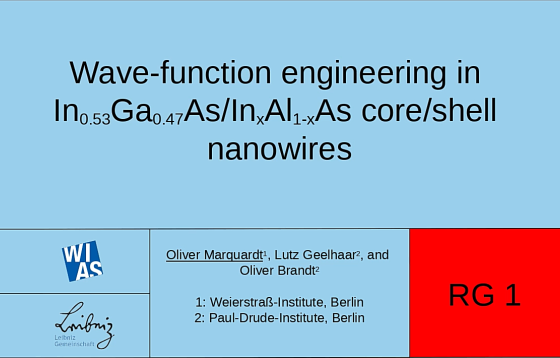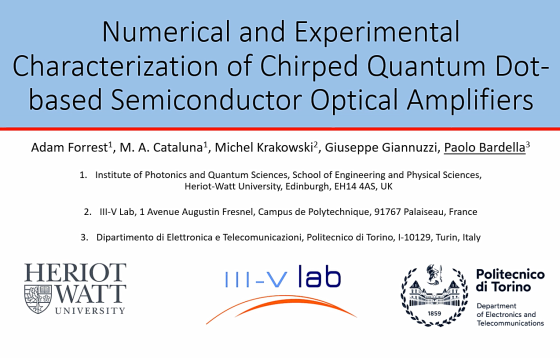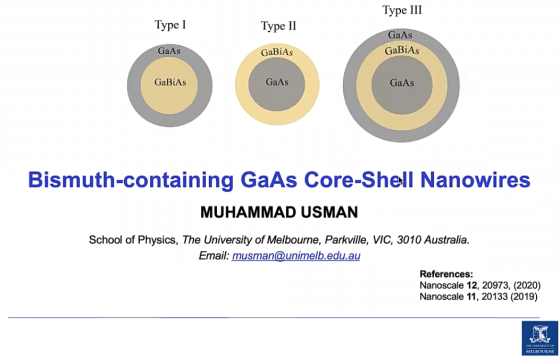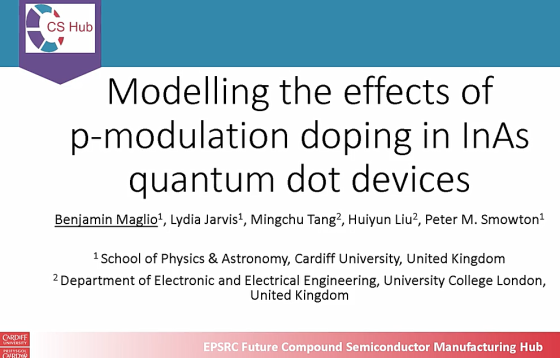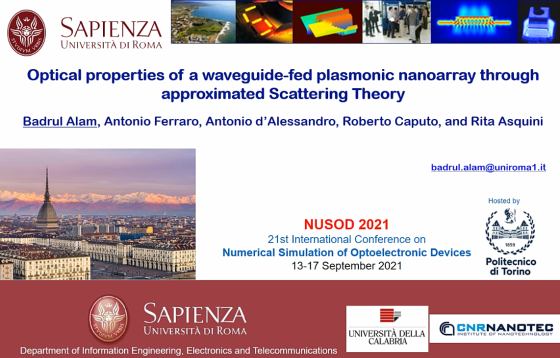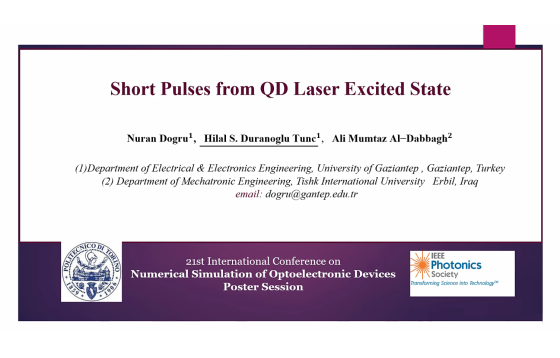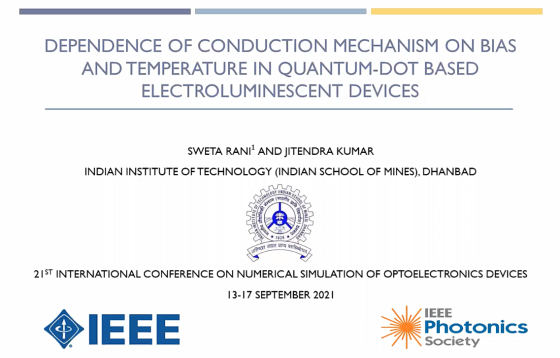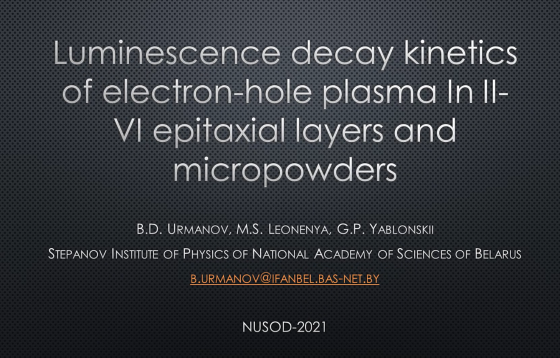N01–Nanowire antennas embedding single quantum dots: towards the emission of indistinguishable photons
Nanowire antennas embedding a single semiconductor quantum dot (QD) represent an appealing solid-state platform for photonic quantum technologies. We present recent work aiming at generating indistinguishable photons with this system. We first investigate decoherence channels that spectrally broaden the QD emission, and discuss in particular the impact of nanowire thermal vibrations. We also develop nanowire […]






